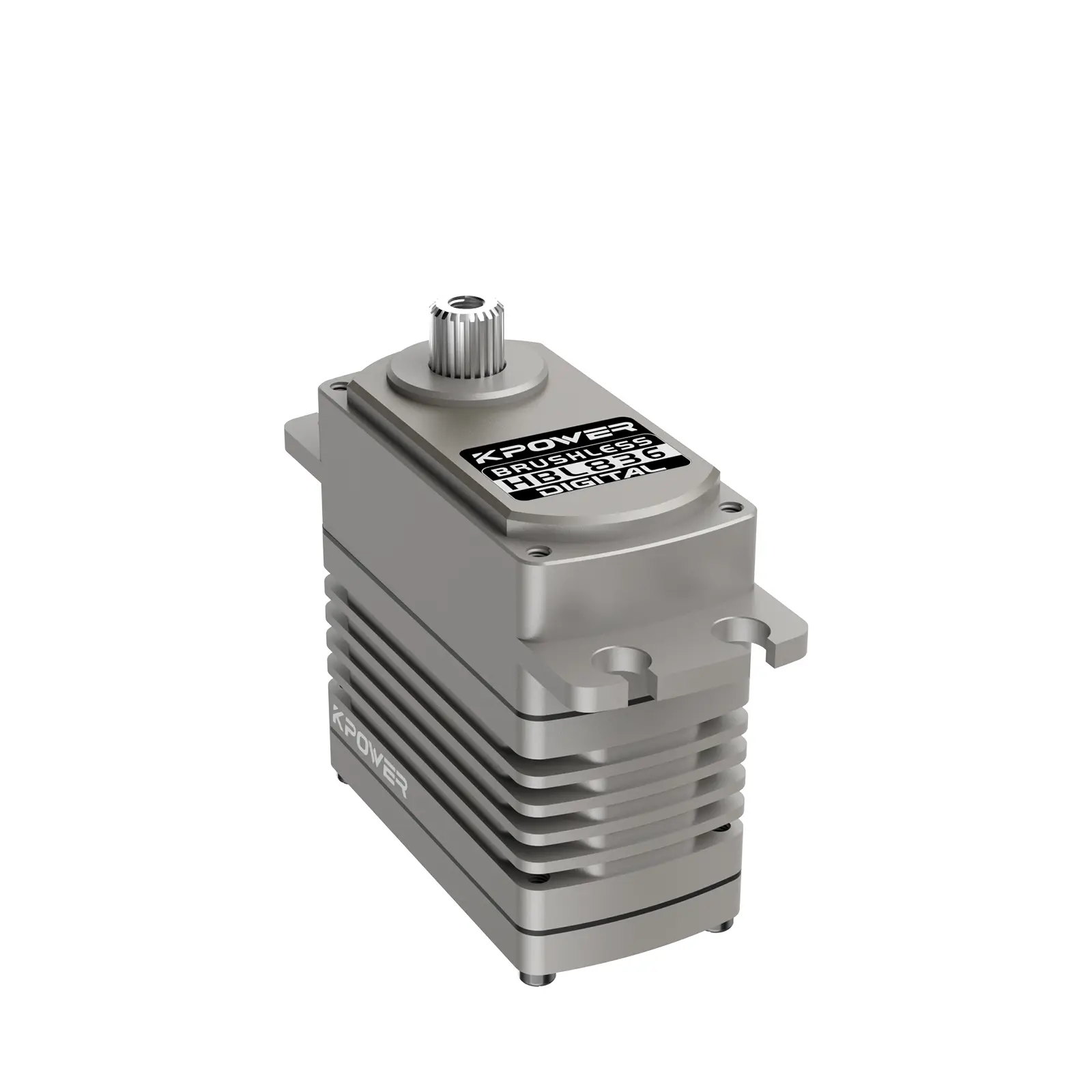Ever wondered what makes the apps you love so snappy and nimble? It’s probably the magic of microservices at work. Think of microservices as a bunch of tiny, specialized teams, each handling its own little part of a big project. Instead of building one massive monolithic app, developers split functionality into bite-sized chunks — each capable of doing its thing independently.

Picture this: you’re browsing an online store. When you check out, the platform’s load balancer directs your request to a small “payment microservice,” while the “catalog microservice” handles your product details. These tiny parts work together, but each can be updated, fixed, or scaled separately. No more waiting for an update to fix one feature, and no risk of crashing the whole system if one part hiccups.
But what are actual examples of microservices in the wild? Netflix is a shining star. Their entire streaming platform runs on hundreds of tiny microservices. When you hit play, your request might ping different services—one verifies your account, another fetches the video stream, while yet another manages recommendations. By compartmentalizing like this, Netflix can push updates fast, roll out new features seamlessly, and keep things running smoothly even if one microservice gets overwhelmed.
Another handy example: Amazon. Their marketplace is powered by microservices, from order management to inventory tracking and customer reviews. Each microservice is like a mini app, responsible for a specific task. If sales spike on a particular product, only that microservice needs extra resources, rather than the entire system. This flexibility means better performance during busy seasons and less downtime.
So, why go the microservices route? For starters, scalability. Instead of scaling the whole app, only the parts that need more juice get it. Plus, maintenance becomes way easier—fixing one microservice doesn’t shutter the whole platform. And innovation? It speeds things up. Teams can experiment with new features without risking everything at once.
Question is, does your current setup allow for this kind of agility? If not, it might be time to rethink. Microservices might be the edge you need in today’s fast-moving digital space. They’re transforming how businesses grow, adapt, and serve users better. If you’re into creating systems that are flexible, resilient, and ready for the future, understanding these examples is the first step in your journey.
Established in 2005, Kpower has been dedicated to a professional compact motion unit manufacturer, headquartered in Dongguan, Guangdong Province, China. Leveraging innovations in modular drive technology, Kpower integrates high-performance motors, precision reducers, and multi-protocol control systems to provide efficient and customized smart drive system solutions. Kpower has delivered professional drive system solutions to over 500 enterprise clients globally with products covering various fields such as Smart Home Systems, Automatic Electronics, Robotics, Precision Agriculture, Drones, and Industrial Automation.




































